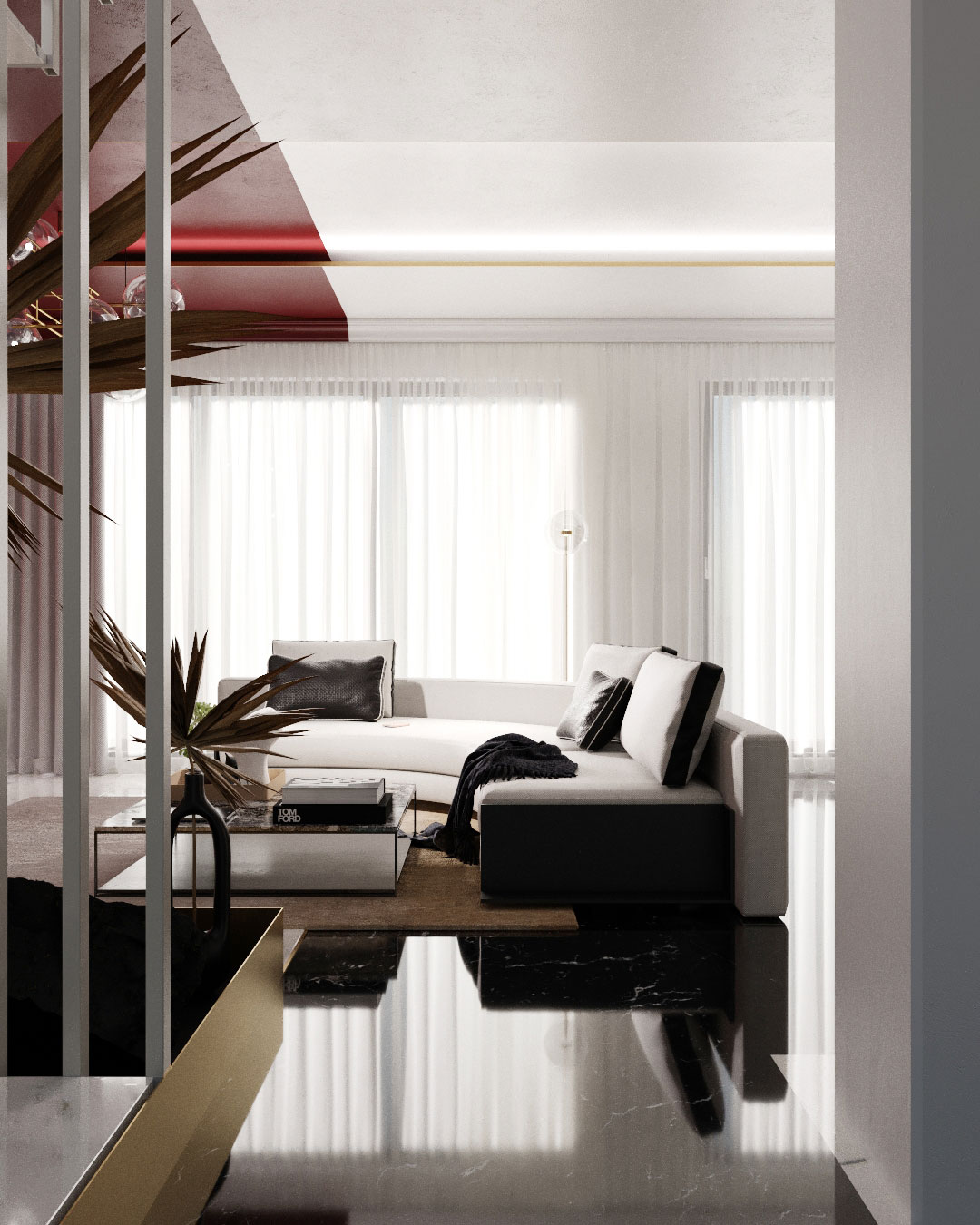If you plan on building a house for yourself or to flip, you certainly stumbled upon this question. So, how do you choose an architect or a residential designer for that matter? That’s a really daunting task – but it should not be like that.
What you want to build determines what you seek into a professional, but first of all, why do you need an architect? After figuring that out, we can go through the 12 things you should look out for. Just to make sure you make a good choice for yourself.

Architect…who? And why do you need an architect?
Good question. First and foremost, who and what are these architects, and what is it exactly that they do for the benefit of mankind?
Anyone can easily put a brick over another and build a house or any low-level building for that matter, as we have done as a civilization for millennia. But we’re not in medieval times, so the most you can do is a creative exercise on paper or Minecraft, for any more than that, you need an architect!
One thing that sets architects apart from someone who designs the interior of a building, like a residential designer, is that they are licensed to actually build what they design. To obtain this license, an architect has to go through a lot of professional training that covers fields like fire safety, interior light studies, acoustics, functionality, aesthetics, building traffic flow, and so on. Six years need to be spent to get the Master in Architecture, to be more specific.
On top of that, after finishing university studies, an architect must spend a couple of years in a firm before they can practice on their own. In our country – Romania – we talk about another 2 years, which extended our training to 8 years in total. But an architect should never stop learning, as there is so much to be known in this field, not to speak of staying up to date with all the other trades and businesses for which they design for.
All of this ensures that, in the end, the architect is capable of imagining how a space will serve its purpose. As a professional, the architect possesses a high level of understanding of space functionality, materials, building systems, sustainable technologies, design philosophy, and so on. A residential designer, on the other hand, is able to do your home project planning for the interior. So depending on what you need to be done, you figure out why and when you need an architect.
But not all architects, nor residential designers are “created” equal. So you’re still wondering: how do you choose an architect that fits your creative needs, staying away from the ones that will eat up time and money for a mediocre result, at best?
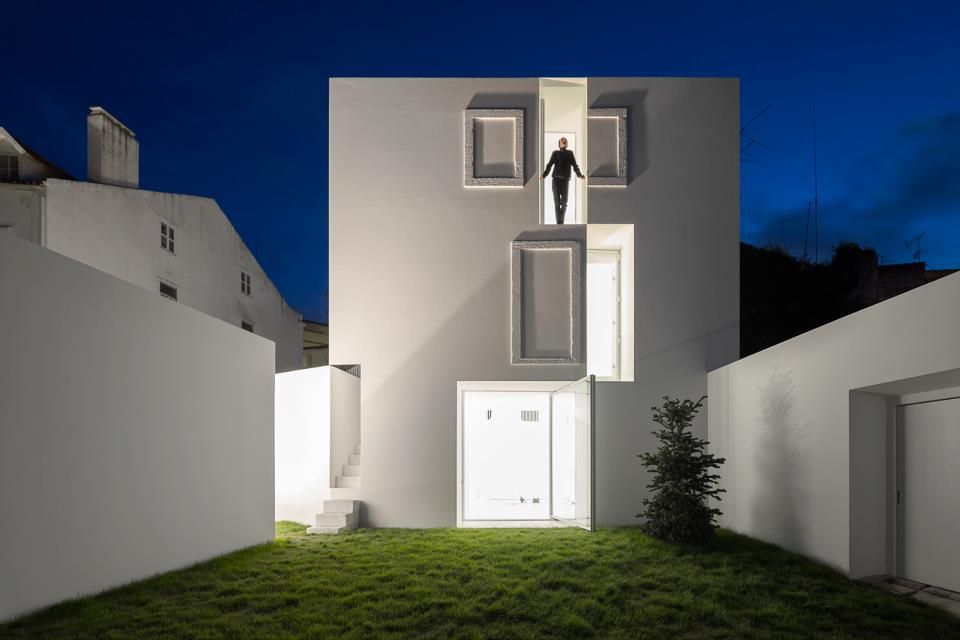
1. Start your home project planning by doing your own research.
Figure out a budget that fits
If you want to build a new house, there are at least two situations you will find yourself in. You either have the money put aside for this, or you rely on future paychecks. In the first case, you might be able to stretch your budget a bit over time, but in the same way, it might shrink, depending on external or internal economical factors. House building costs are tightly related to your geographical position, so it is best to tune in your research based on your location.
If, however, you rely on future paychecks, you will consider a mortgage. In this case, you should have a look over this calculator that takes into account your monthly income to figure out how much you could spend on a house. It’s not only the mortgage but all the icing on the cake, taxes, and stuff. Rough numbers, of course.
Start the home design research.
In a previous article on a neo-classical interior design in Bucharest, we were talking about how the client can change their mind while doing the home project planning, once they see the design visualized. It is normal for the design to evolve during the few months of development, but we need to have a foundation for that. The job of your residential designer is to figure out what you like, using visual support such as mood boards and photo collages. But you can take these very first steps that will help improve your home project planning, before talking to a residential designer. This way you’ll keep the fire going in your heart, and you will have enough time to process what you need and want.
As you’ve probably heard or found out by yourself by now, the hardest step to take when doing anything is starting. What you can do at this point is to build up a board on sites like Pinterest, where you can save what you like in different folders. You could have a look over our Pinterest saved boards, maybe something we already saved will be on your taste.
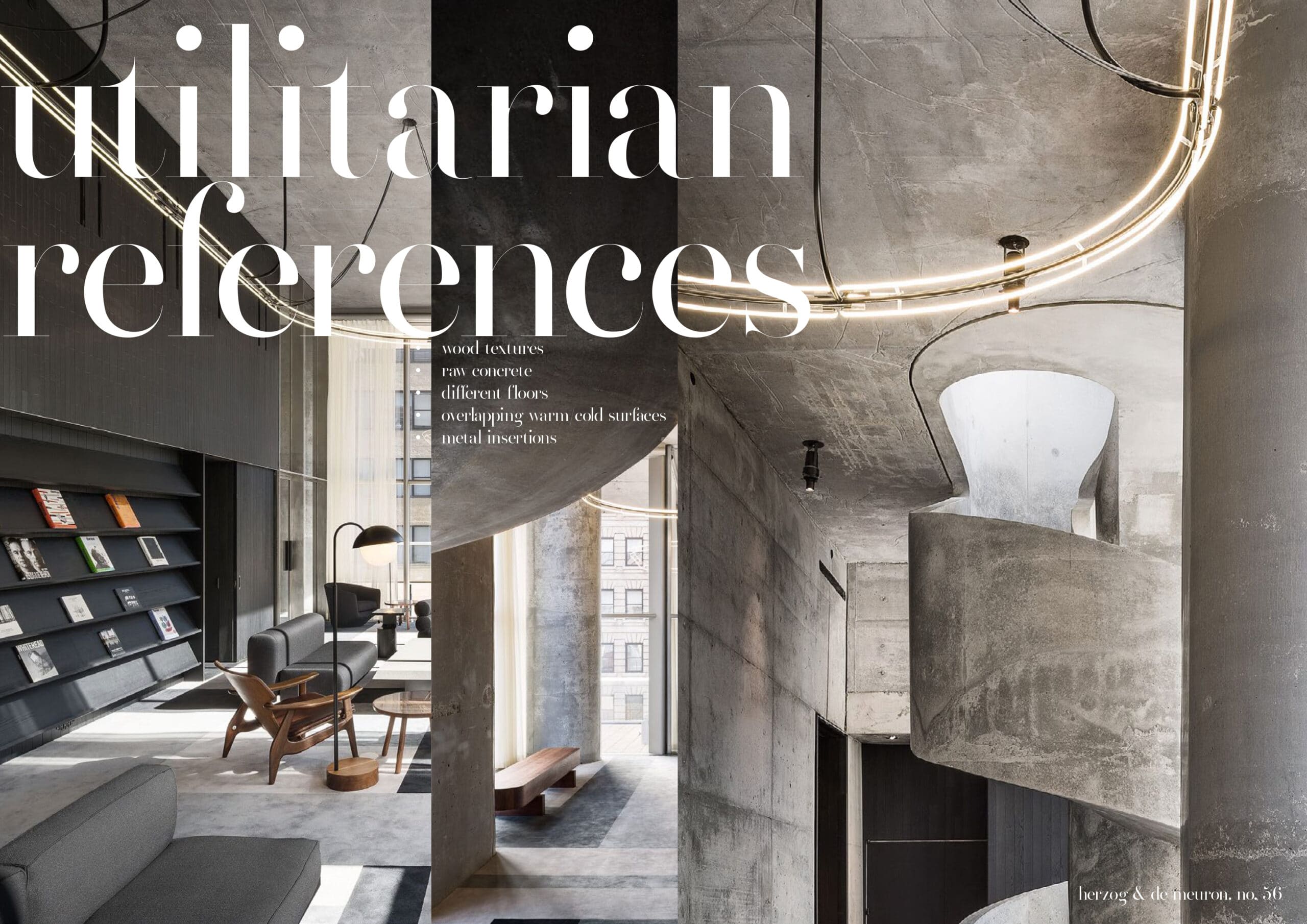
Ideas, as interesting as they may appear, are highly volatile if taken for granted and will easily turn into shallow and obstructive fixations if not addressed and pondered upon. For an idea to make sense when it gets implemented into the real world, it should have a reason, it should fulfill a requirement, and it should be mindful of your budget.
To put it in a few words, make sure that you’ve asked yourself “What do I want from this project?” enough times so that the answer that you eventually get to remains ~more or less~ the same. That clarity will be working on your behalf, as you will be able to articulate your ideas when discussing with your architect.
Now let’s head right into the main topic. How do you choose an architect or a residential designer? Just like any other important choice that you make in life, this has to be an educated choice. That means thorough, thoughtful, and relevant research.
2. Choose an architect creative enough to fit your project like a glove.
Check their website for an online portfolio, or ask them to send you over a presentation of past projects. Check them over social media and see how they engage with their audience, and what types of projects they are promoting. Look for similar scale projects built on philosophy you can relate with.
Still, don’t get yourself caught up looking solely for architects that design in a specific style, which you rather prefer. Architects should be able to adapt to new – take us for an example. We designed homes in a mix of Memphis – Constructivist style, then we moved onto an industrial, opulent vibe for a chic apartment. We can make neoclassical interpretations through design, as well as really minimalistic statements.
But always check if the residential designer you’re going to work with is experienced enough to satisfy your creative mind.
3. How to choose an architect that will listen to your needs.
The architect should be guiding you towards a functional and satisfyingly beautiful design.
Pay attention to the questions the architect asks you in the first few meetings. They should be interested in you, looking to figure out how you wish to live inside the newly designed space. He should learn your daily routine, and what your routine is going to look like inside the new scenario. It is not just a matter of how many rooms you need, and how many people will be living there, that’s not enough for your residential designer. Instead, they should become almost like an intimate friend of yours, knowing the most intricate details of your routine.
4. An architect or residential designer should know when to compromise, and when not to.
You might not always realize how big of an impact a room without windows, let’s say, or a very long and narrow corridor has on the living space. It happened to us, with a client asking to add a bedroom for their nanny in a space with no contact with exterior walls, on the ground floor – so no windows could be put in place. Obviously, we didn’t compromise and found a better partitioning.
Your architect is there to find solutions to these problems and should be very firm in not letting you make these kinds of mistakes.
One way of choosing a good architect is to spot the ones that make bad compromises in their design process. Just a look over their portfolio. Ask for it, if it’s not already online – but an architect having a website shows that they are up to date with technology and care about their practice.
Look for awkwardly designed spaces, bad material choices that are poorly mixed together, or facades with bad proportions. Bad design can be an indicator of lousy compromises, or it is simply a poor thought process.
Therefore, one of the architect’s roles should be to act as a filter of bad ideas, and as an enhancer of the good ones that strike your mind.
If you can’t spot bad design yourself, ask a friend that works in the creative field to have a look over the portfolio. Any legit artist or trained eye should spot bad proportions in a design. And, if you happen to lack the artist from your friend’s circle, you can always ask us for an opinion. We don’t charge for our objective advice, and we won’t try to promote ourselves instead.

5. A well-established architectural business should either have a sizeable team or be very selective with its clientele.
Watch for the architects’ online presence, and scan their team and projects. If they take on a lot of other projects, they might not have enough time to spend on planning your home project. Therefore the client service will suffer, so better you just ask them about their workload, and don’t try to push them. Good design might involve dedicating more time.
Anyway, how long does it take an architect to draw plans? Well, that depends on the scheduling of the project’s stages, something that’s neatly covered in this article. On average, an architect should take at least two months to design a house thoroughly, by themselves alone. Some might offer you to finish the home project planning in one or two weeks, but you can’t expect much from that collaboration. In order for every stage to be carried out properly, you need to talk to your architect about setting optimal and realistic deadlines. That means no rushing from your part and no dragging from theirs.
The availability of an architect depends a lot on how many ongoing projects they’ve got on their plate and how good they are at managing them properly. Good architects know their workload limits and will most likely not look for new work if their schedule and their desk are already full of commissions. If an architect says yes to your project, you should expect them and/or their team to stick with you in the long run.
This leads us towards the next point.
6. A customer-centric architectural business understands that ideas evolve over time. These architects are willing to adapt during a project.
The role that we‘ve assumed as architects is to actually process information from the client and to transform it into something both functionally and aesthetically advanced. You might not want to sit back and enjoy the process if you are the creative type. You might be enthusiastic about your own home – which is more than normal – and look for personal involvement. This inevitably leads to many discussions and revisions with your architect.
The problem is, some architects won’t give enough project revisions. As we said before, some offer a two-week deadline for a house, but here’s the catch: you will see a sketch, and then you are confronted with the final project. No changes can be added.
Obviously, from the very first discussion with the architects, they should ask appropriate questions so they can map out your needs well enough so they can “hit the target” as close as possible. But even if the first draft is close enough, there are quite a few steps on the path before a final project.
We discuss with our clients very often during and after a project, so we can be sure you get what you need. Our practice gives an unlimited number of revisions, during a timeframe settled inside the contract terms.
A lot of architects get frustrated when asked to change anything inside a project, and the tension building up in your collaboration will be felt. This happens because their rate is so incredibly low, so paying attention to their rates could be a way of avoiding these kinds of “professionals”
We’ve found out that when it comes to variants, the best technique for the architect is to understand what the client wants as fast as possible. By doing this, the time dedicated to “searching” for a final solution is greatly diminished. A well-developed brief helps a lot, and if the client doesn’t have it from the get-go, the architect should feel obliged to act as their guide and to incite communication directed towards developing said brief.
Still, how do you choose an architect that will be mindful of changes that might occur? Ask them from the very beginning about their revisions policy. Help your architect help you, for the roof above your head’s sake!
7. Choosing a good architect or residential designer is rarely a cheap option.
If you understand a bit of how this world works, you know that quality isn’t cheap. You can’t solve a big problem, with a minor effort. Yet designing and planning any home project is definitely not a small concern.
Probably the first question that anyone has on their mind when stumbling upon the dilemma of choosing an architect, is about how much money do they have to spend during the design process. Architecture practices, whether we’re talking about individual ones or larger firms, have different price ranges for various valid reasons. And there’s an architect to be found no matter the size of your pocket. The most important aspect that you need to have settled, is your budget.
You might think that hiding the real budget you have for your future building is a way of lowering the price of your architect. Be aware that you might not make yourself a favor, since the architect needs to know what to design. Anyway, after the very first few discussions, they will figure out what your real budget should be to accomplish the desired result. At least, roughly.
But why pay for an architect’s services in the first place? Well, you can’t expect great results without investing in the solution. You need to pay attention and not get ripped off, so the price is not the only aspect to take into consideration. That’s why we compiled all these things to look out for. The architects should pay for themselves because their job is to find the best and the most economically thoughtful solutions for your project. When everything is neatly arranged in a systematically calculated process, there’s no room for mistakes that would later need to be fixed and surpass that budget that you’ve so carefully calculated. And on top of that, effectively choosing an architect doesn’t just save money, it brings genuine value to your vision. Totally worth it.
The conclusion of this point is to not look for the cheapest price, but rather for the best return of investment. Don’t kick yourself in the knee from the block start.
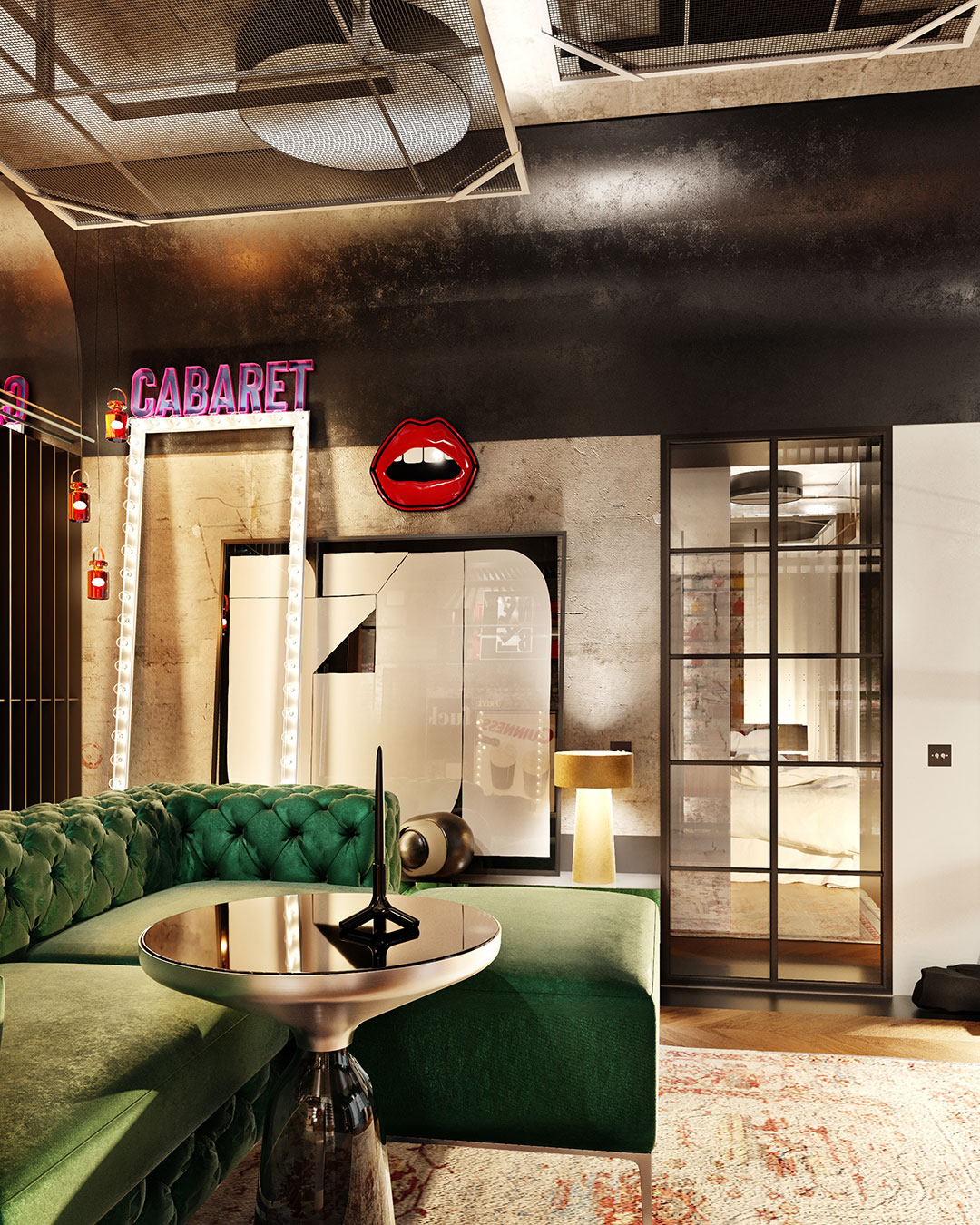
8. Ask for offers from different architectural or design practices.
You should always compare services and prices. When you talk to a residential designer, pay attention to their tonality and how personal they talk to you about your home. Be aware that you don’t want the architect to become too attached to the design itself, but rather to become interested in finding the best solution for you.
9. Don’t limit yourself to searching local businesses.
In these times, the internet enables great communication between professionals. The architecture firm that designs your project can hire or collaborate with a project architect licensed in your country. Maybe the licensed architect cannot get to the same design as other abroad practices can. They still are useful for having a country-specific license, and they are acquainted with the local regulations.
So, don’t limit yourself. We live in an age when transportation is cheap and fast, communication is instant, and supports file transfer, so we can work with professionals all over the world on these kinds of projects.
10. How to choose an architect by looking at the reviews and client references.
If the architectural practice is present in the online space, you can read about what others experienced throughout the project development, and after that. And here’s the trick: search for the people that wrote the reviews and ask them personally what they think of the business. Do this if the reviews are not made on Yelp, Google Maps for other similar apps, since the reviews posted on the website are actually posted by the business itself.
Or you can personally ask the people that left the review, about their real experience working with the architect. Ask for their contact details.
11. A good architect doesn’t offer ready-to-build projects from their archives. That’s just easy, and unethical.
In the process of choosing an architect, one may encounter countless firms that will provide their clients with ready-made templates of “dream houses”. These might be plans from past projects, but a good architect understands how a solution that fits everywhere, doesn’t fit anywhere.
Every one of us is different in some way, some stand out more, some want to blend in. This is why each one of us needs a different type of service. Usually, the people that come to work with us are those who understand how some of us fit the jacket, and for some of us, the jacket fits us. There’s nothing wrong with you fitting the jacket situation, but then, a jacket isn’t as expensive as a house. A building isn’t just an investment, is a place that shapes your life.
This solution is obviously cheaper and faster than any custom-made design. But for many of us, fast and cheap is not better. Yes, putting your best interest into the buildings and the lives of the people you design for costs more, but, in the very end, it’s all about the return of the investment. Most people only build one house in their lifetime, so why not do it in the best possible way?
12. Find an architect that cares about you understanding the project.
The people that come to us are those who understand the importance of bespoke design and wish to see the result with the help of 3D renderings. They see the result before laying a single brick. Let me explain.
Have you ever worked with a designer of any kind? Remember when they sent you 3 sketches and they looked really cool in an artsy way? Still, you didn’t really understand how all that is going to look like in reality. It was a gamble on your side and if you were out of luck, the end result would come off really disappointing.
This is where 3D rendering comes in. A tool that helps you understand precisely the architect’s vision, therefore you take no risk this way. If your architect doesn’t offer these types of services, give us a bit more details about your project, and ask for our help!
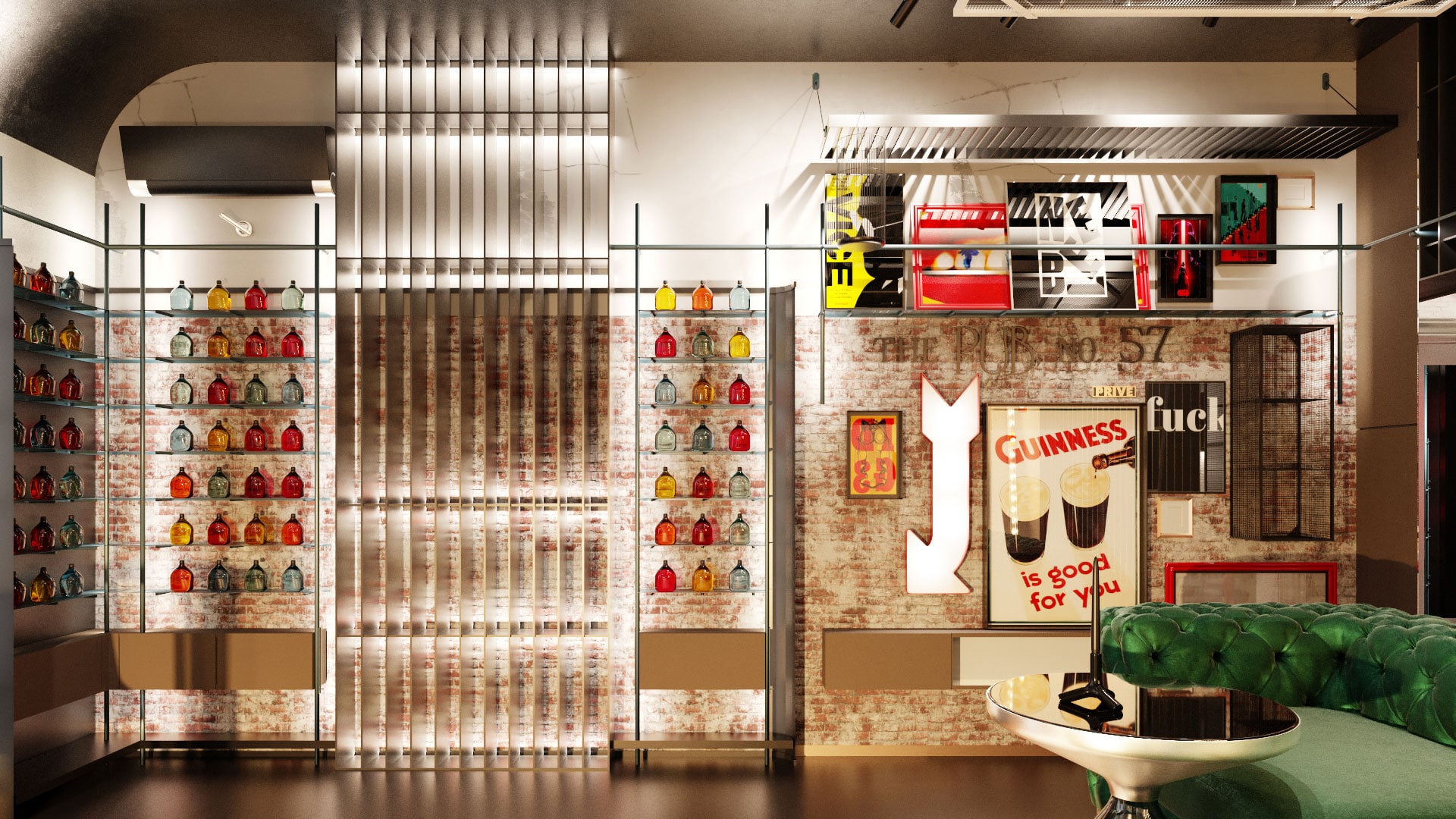
The bright side of everything – closing thoughts.
This is the part where I’m going to tell you a strangely overlooked and rather obvious aspect, ready or not.
Everything, actually, starts with you.
You are the client and you know yourself better than anybody else. You are the one that supplies the vision, and the residential designer that you’ll ultimately choose is the enabler of that vision. Be as bold as you want, be reserved, think big or small, anything is possible within the reasonable limits of gravity (unfortunately, we can’t do anything about that). But there’s a little catch.
The catch is actually taking the time to truly and realistically ask yourself what you want. Without a clear goal in mind, the architect or residential designer won’t have the slightest clue about how to help, so you’re both left with nothing to build upon. There’s no right or wrong, nothing can be too abstract or too factual, complete or incomplete. No matter what you have is a good place to start, but it has to be something genuine. The most wonderful architecture projects stem from the most unexpected places of the human psyche. Like from a childhood memory, from a personality trait, from a wordplay, or from a zillion words said during your first discussion with the architect. We write everything down on paper or in our minds because we know that everything matters. Everything can be translated into architecture that will speak to you.
Hope you know how to choose an architect by now; just make sure that you are truly honest with yourself and with them.
And the architect will become the strongest supporter of your every step.
Written by Mihai Moga-Paler & Razvan Socol.
